Published On April 13, 2016
YOU WILL PROBABLY NEVER SEE MEDICAL ACTORS PERFORM, but they play a key role in education, acting out the symptoms of a variety of ailments and presenting fictional personal histories in hospitals and medical schools. Physicians-in-training work with the actors to practice the critical human skills of diagnosis and empathy.
Corinne Botz, a Brooklyn-based artist and photographer, was fascinated by the slightly surreal idea of an actor posing as a patient. She saw the performances as a way to ask questions about interactions between doctors and patients. Botz teamed up with Alice Flaherty, a neurologist and director of the Movement Disorders Fellowship Program at Massachusetts General Hospital, to create Bedside Manner, a series of photographs and an 18-minute video focused on clinical performers and the theatricality of medicine.
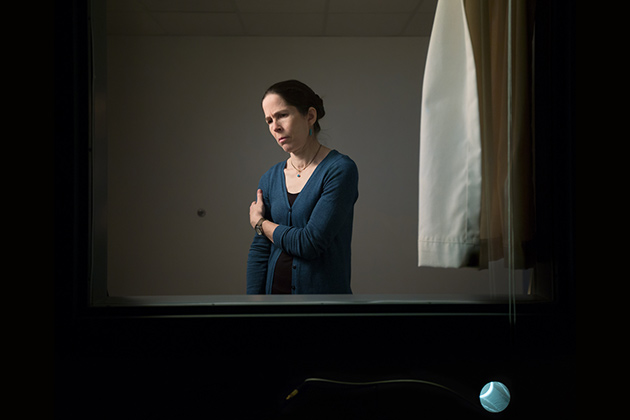
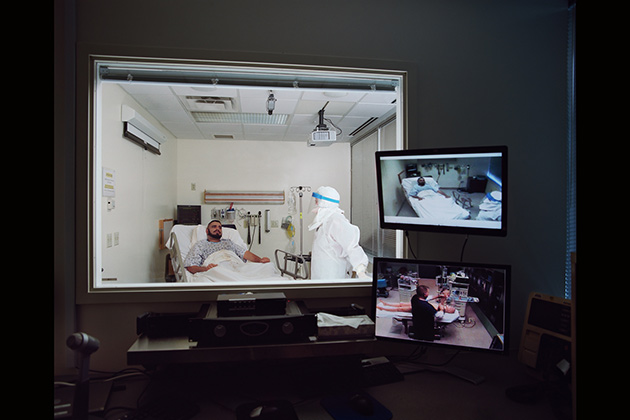

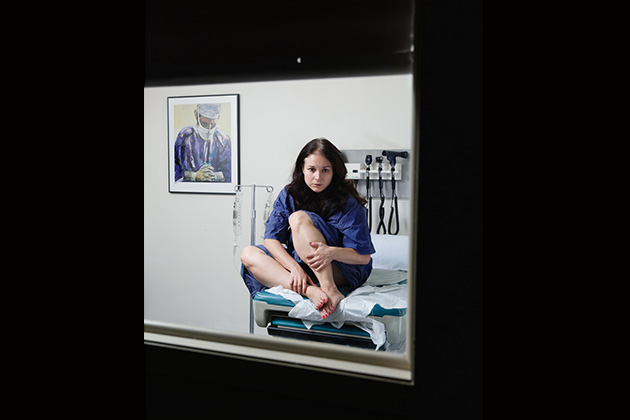
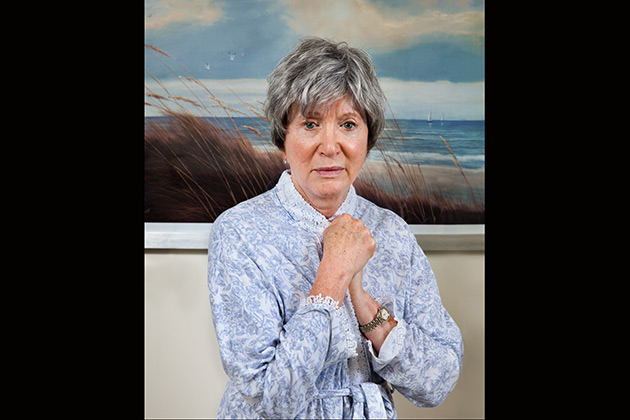
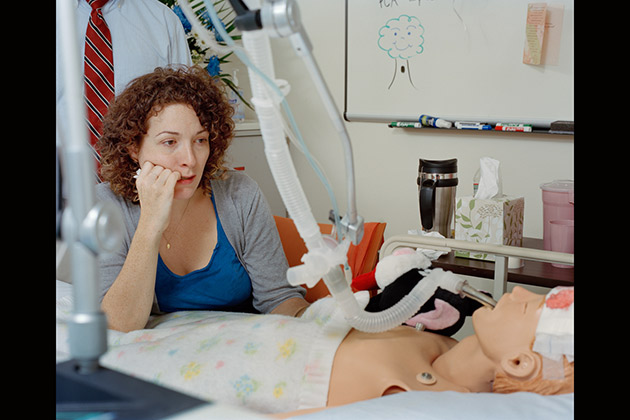
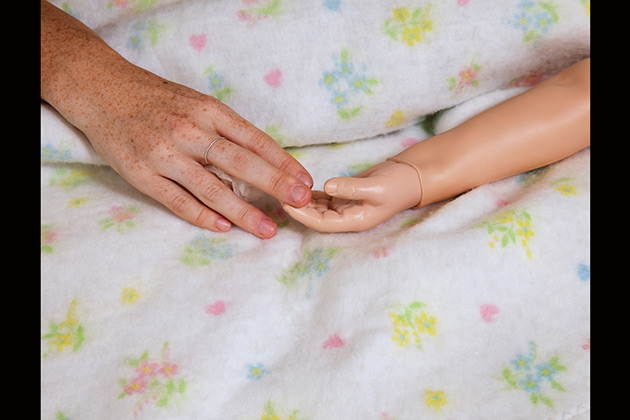
“Alice”
“Ebola”
“Wilton”
“Lori”
“Louise”
“Life Support”
“Hands”
Q: You’ve said that a kind of performance happens every day between doctors and patients. What do you mean?
Botz: When I was younger, I had a general distrust of doctors. When you go into the doctor’s office—with the examination table, the white coat and the patient gowns—it can be depersonalizing. You take on a role. The doctor takes on a role. That felt unsettling.
Some of that has changed for me after this project. I got to look behind the curtain and see how medical students are trained—see them begin to learn their role—and I got a better view of the humanity on the other side of the white coat.
Flaherty: I was sick a lot when I was a neurology resident. When doctors become patients they often realize how bad other doctors are, but the main thing I realized was how bad a patient I was. I was awful! I wasn’t good in that role. As a result, I became fascinated by the idea of how we play sick. We all know how to cry, but what I didn’t know was how not to cry or when to cry.
Q: So patients are also playing a role?
Flaherty: Absolutely. There are many different roles. The angry, entitled patient. The stoic patient. The hypochondriac. Each of these affects how your physician perceives you and the type of care that you will get.
Many doctors consider hypochondriacs to be the worst patients, but often it’s a role that helps the patient. It can be more of a health risk to deny your medical problems than to play them up. If you don’t act like a patient you don’t get treated like a patient.
Q: Did any actors particularly fascinate you?
Botz: I was most interested in the psychiatric roles. In my film, Dr. Flaherty plays a standardized patient with delirium. It’s something that stems from a physical cause but produces mental problems so it relates to the history of somatization and psychosomatic illnesses. The imagery sought to capture how isolated and anxious you can feel as a patient when relying on someone else to interpret your body for you. That dynamic throws the roles into vivid contrast.
Q: The photographs do seem to be sizing patients up, as if they’re taken from the doctor’s perspective.
Botz: That’s exactly right. A lot of my photographs place the viewer in the position of a doctor who is looking at a patient through a one-way mirror. The framing of the image is an attempt to capture the weight of the medical gaze.
But that’s not the whole story. Even though these pictures have this element of artifice, they still show suffering. They make you think about empathy, about how you react to the suffering of people in images you encounter in your daily life. In my work, I intentionally undermine the boundary between document and fiction and reality and representation. Real feeling is often accessed through the artificial. I learned from Dr. Flaherty that actions produce feeling.
Flaherty: Empathy is really important. Part of a doctor’s training is to act in a scientific manner, which can be very unemotional. When I had twins who died at birth, my obstetrician just froze up. For some reason, that was just unbearable to me. I just wanted to see on his face that he felt sorry for me. That was another experience that got me interested in medical performance. No one sees a doctor’s thoughts. They only see her actions. And that role of scientific detachment is reinforced throughout medical training.
Q: What do you hope physicians take away from this?
Botz: The work is not didactic, but it invites viewers to shift perspectives. I hope the physician will see their dynamic with patients with fresh eyes. The work also raises the question of whether or not empathy can be taught. When I see a doctor, I find just one sentence, “What do you think is going on?” or “How are you processing everything that has happened to you?” means so much. It can have a lasting impact.
Flaherty: We should start to think of empathy as an essential skill, part of our job as doctors. A lot of us are trained to be very technical—we know how to clip an aneurysm—and think that empathy is what you do when your surgery doesn’t work. We doctors should feel pleased if we can calm an angry patient down, instead of just seeing empathy as a nuisance that is interfering with our job.